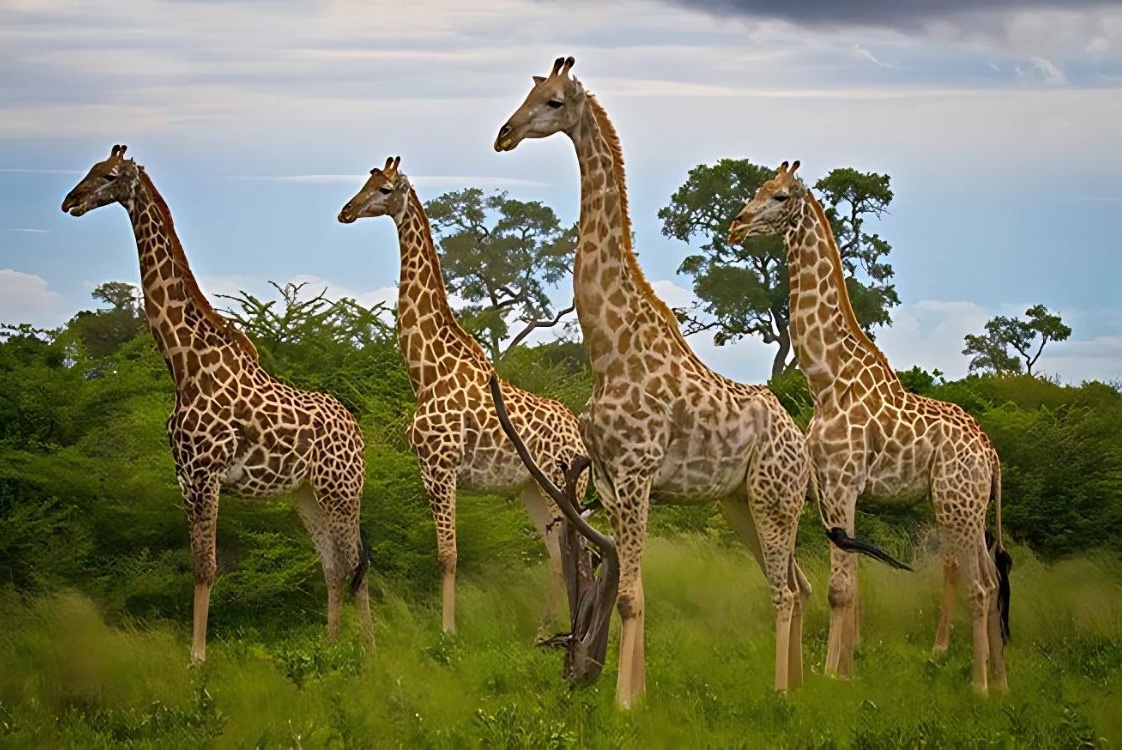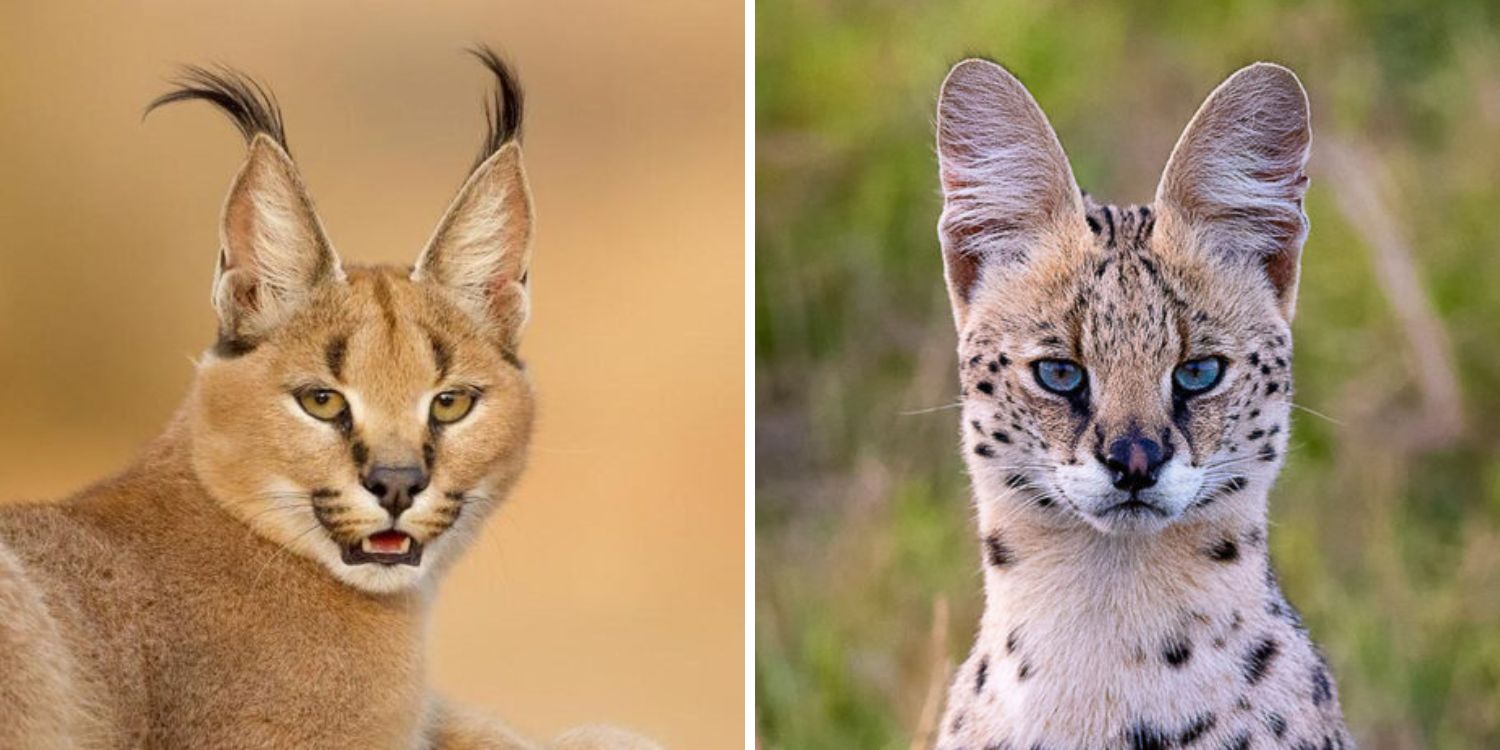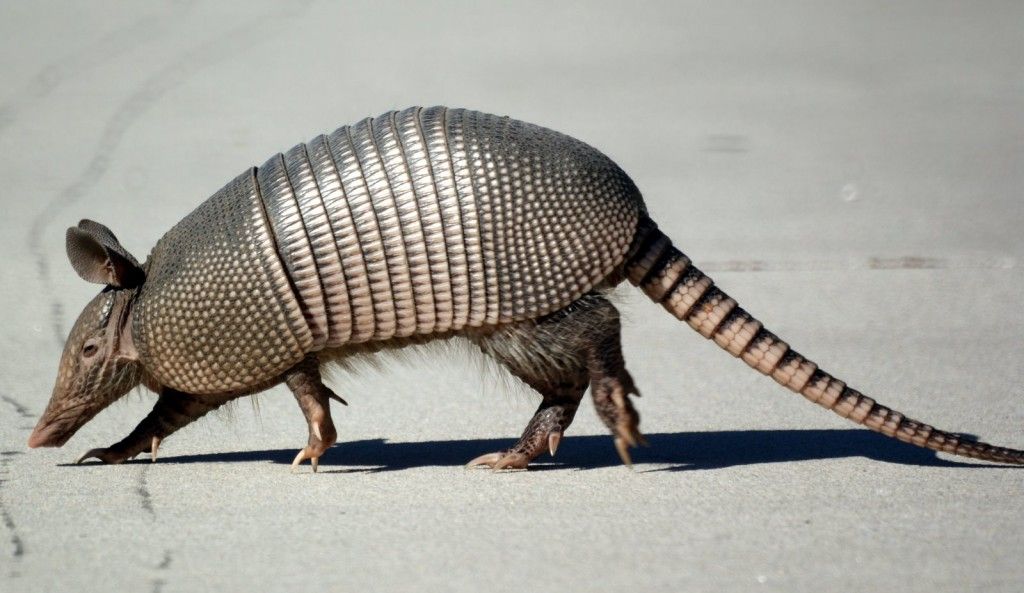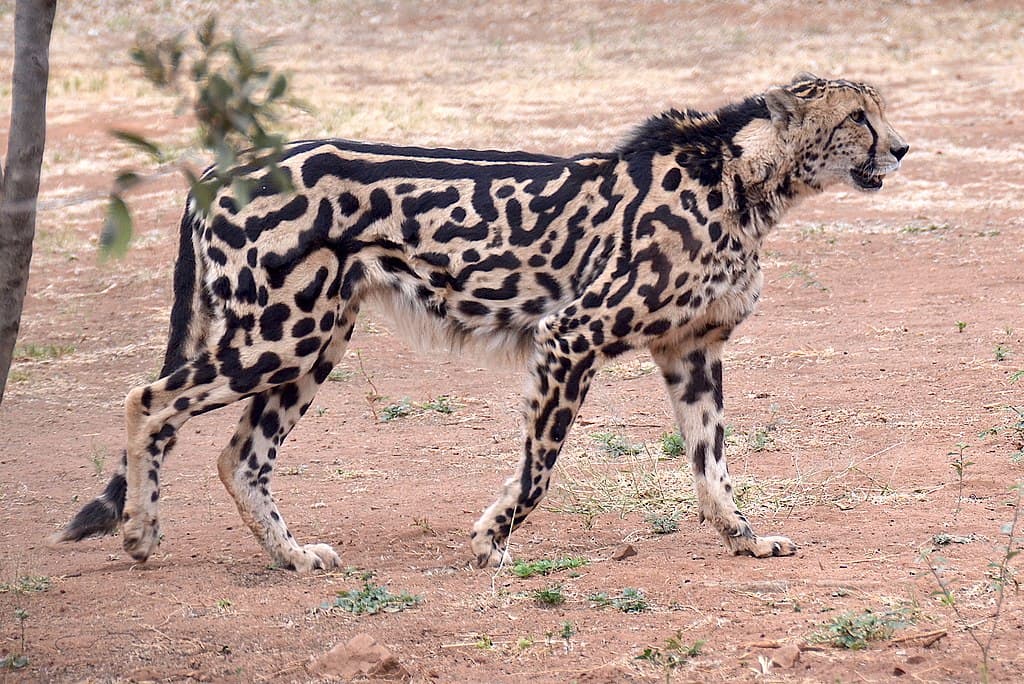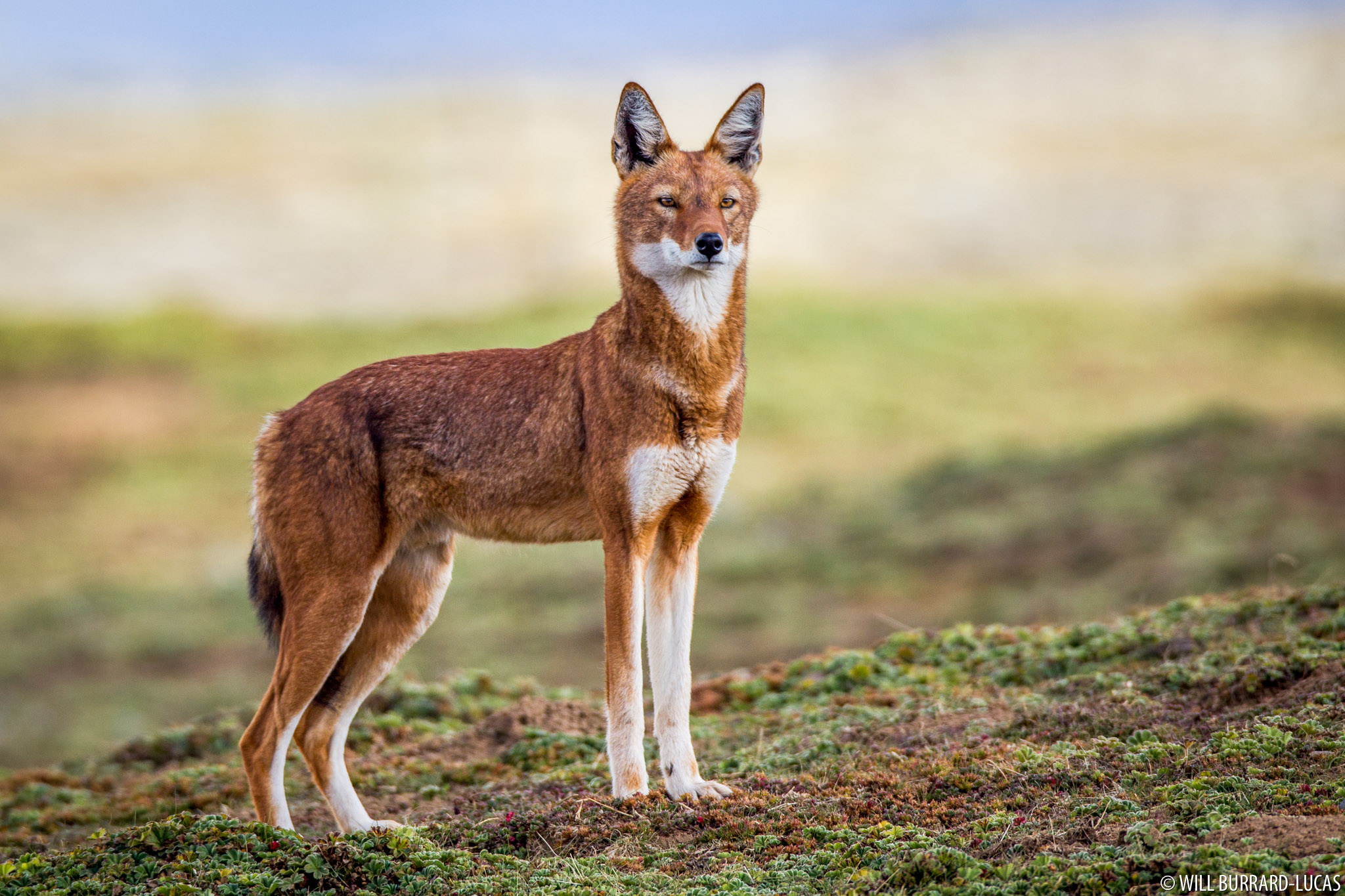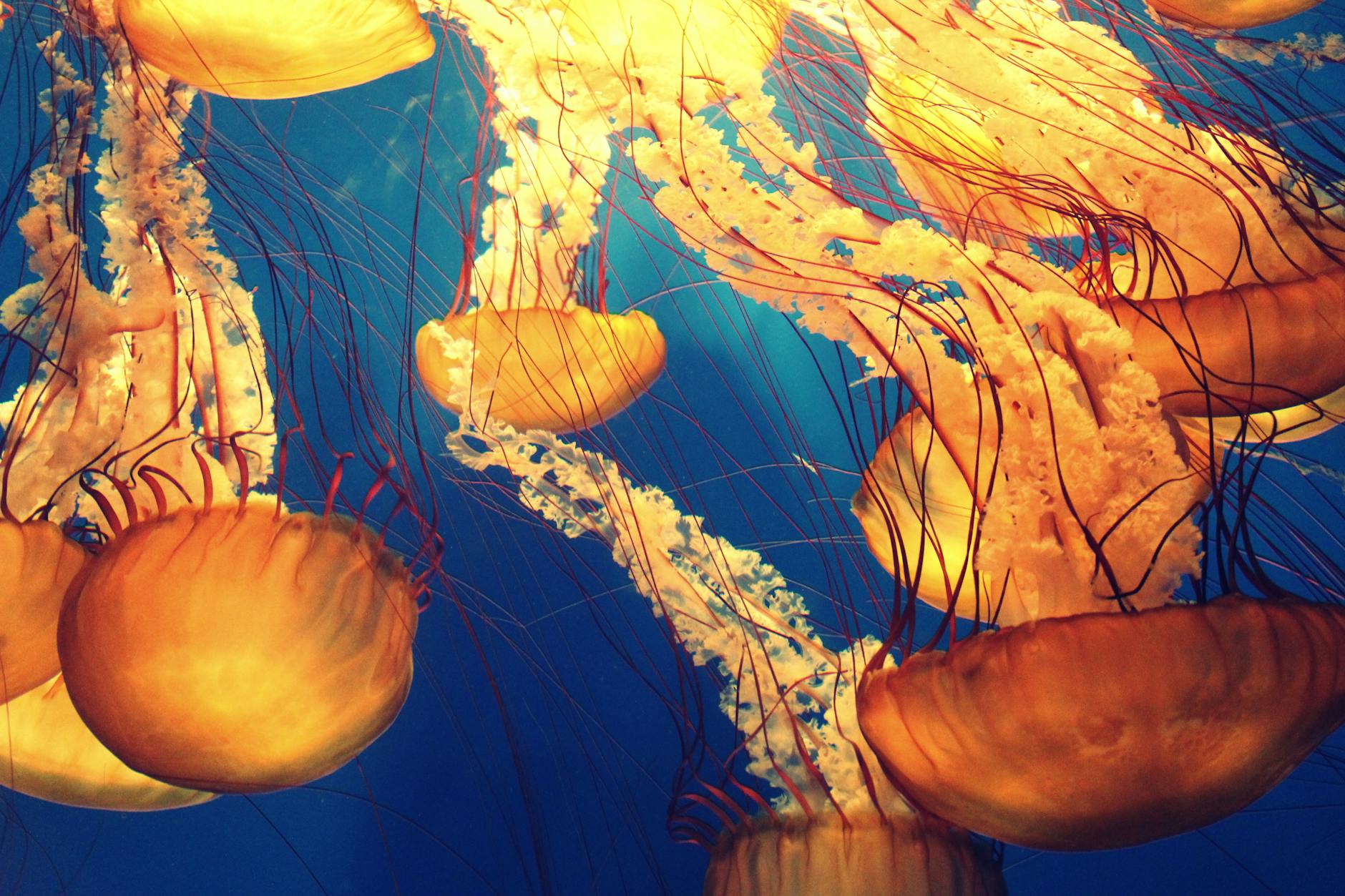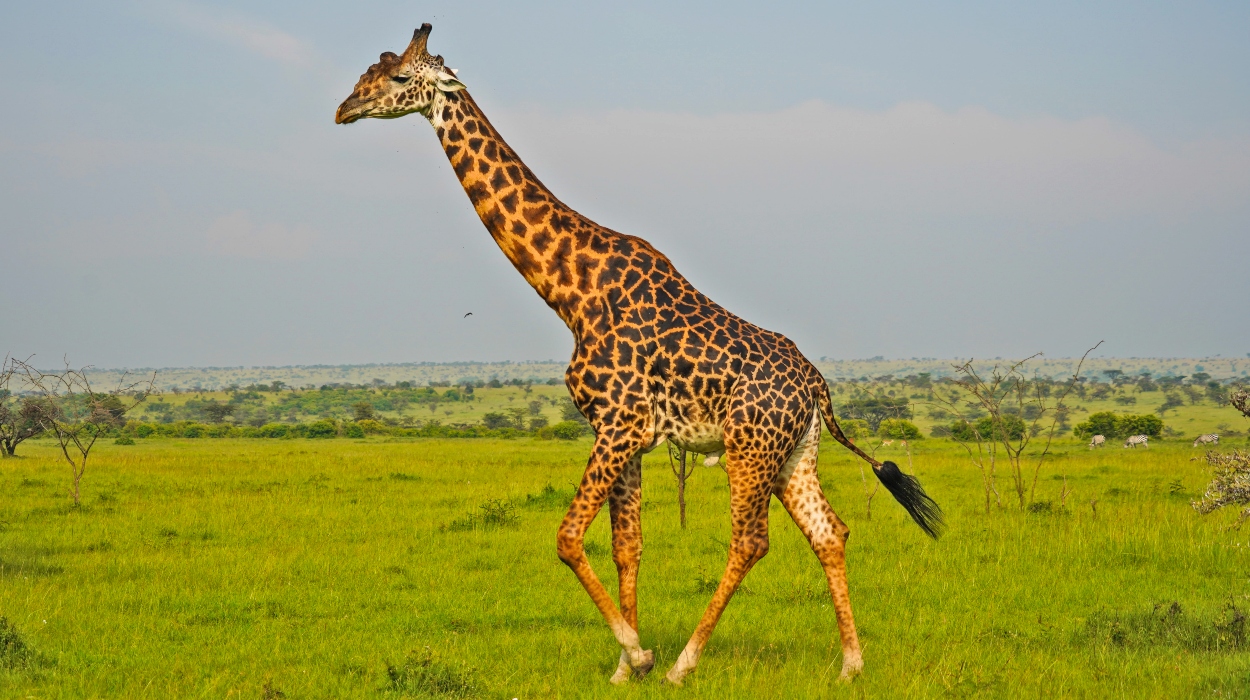
The Masai giraffe (Giraffa tippelskirchi) is one of the most iconic animals in East Africa, towering over the savannas with its long neck, graceful stride, and uniquely patterned coat. As the largest-bodied giraffe species and the tallest land animal on Earth, the Masai giraffe is a true symbol of the African wild.
Let’s take a closer look at what makes this giraffe so special.
Where Do Masai Giraffes Live?
Masai giraffes are native to southern Kenya and central to southern Tanzania, where they roam open woodlands, grasslands, and savanna ecosystems. They are often spotted in national parks like the Serengeti and Amboseli, peacefully grazing among acacia trees.
How to Spot a Masai Giraffe
You can recognize a Masai giraffe by its distinctive coat pattern. Unlike the neatly shaped spots of the reticulated giraffe, the Masai giraffe has irregular, vine-like patches that look like they were drawn freehand. These patches are dark brown and jagged, with no two giraffes having the exact same design.
Other features include:
- Very tall stature—males can reach up to 18 feet in height
- Ossicones (horn-like structures) that are usually bald on top in males due to neck sparring
- Long, prehensile tongues used for grasping leaves
What Do Masai Giraffes Eat?
Masai giraffes are browsers, feeding mostly on the leaves of trees and shrubs. Their favorite food? Acacia leaves, which they carefully pluck using their 18-inch-long tongues. Their tough lips and tongues can handle the sharp thorns that would deter most other animals.
They can eat up to 75 pounds of foliage per day, and their unique digestive system allows them to ferment food in a four-chambered stomach.
Behavior and Social Life
Masai giraffes live in loose social groups that are constantly changing. Males often travel solo or join bachelor groups, while females and their calves form herds. These giraffes are generally peaceful, but males will engage in “necking”—a form of combat where they swing their necks at each other to establish dominance.
Conservation Status
While the Masai giraffe is still commonly seen in parts of East Africa, its numbers are declining due to habitat loss, poaching, and human-wildlife conflict. The IUCN lists the Masai giraffe as Endangered, with fewer than 35,000 individuals left in the wild.
Conservation groups are working hard to protect this giraffe through habitat preservation, anti-poaching patrols, and community-based education programs.
Why They Matter
Giraffes play a crucial role in their ecosystem by pruning trees, dispersing seeds, and maintaining the balance of vegetation. Their graceful presence is also a major draw for ecotourism, which brings vital support to local economies.
Saving the Masai giraffe means preserving the health of the entire savanna landscape.
Final Thought
The Masai giraffe is more than just a tall beauty—it’s a keystone species, a cultural icon, and a reminder of the wild elegance that still thrives in East Africa. With proper care and conservation, we can ensure that future generations continue to see these gentle giants roaming freely beneath the acacia trees.
See also: FAQ: How Many Types of Giraffes Are There?
More photos below ↓







Disclaimer: This blog post is for edutainment purposes only and may not be entirely accurate.

